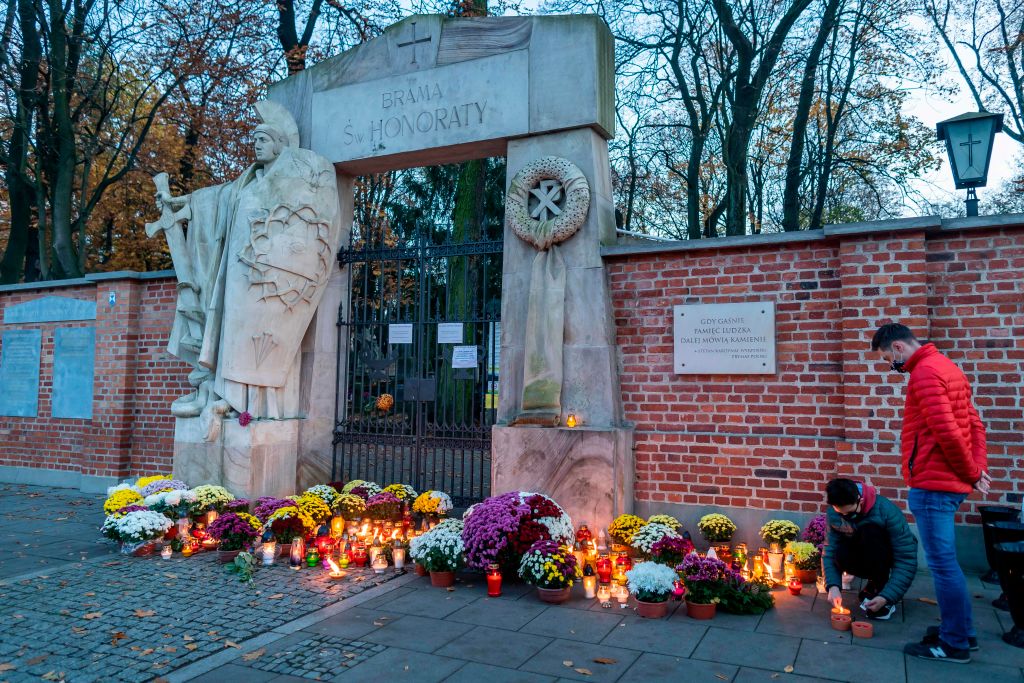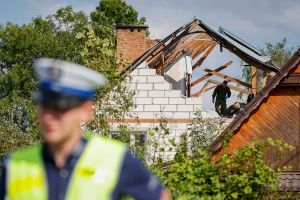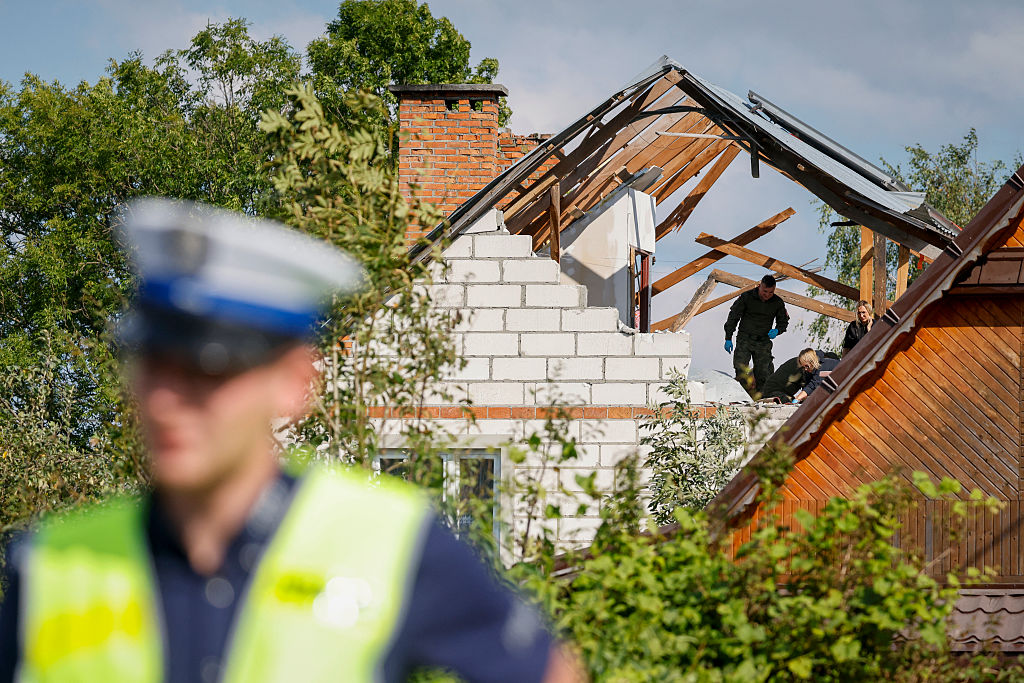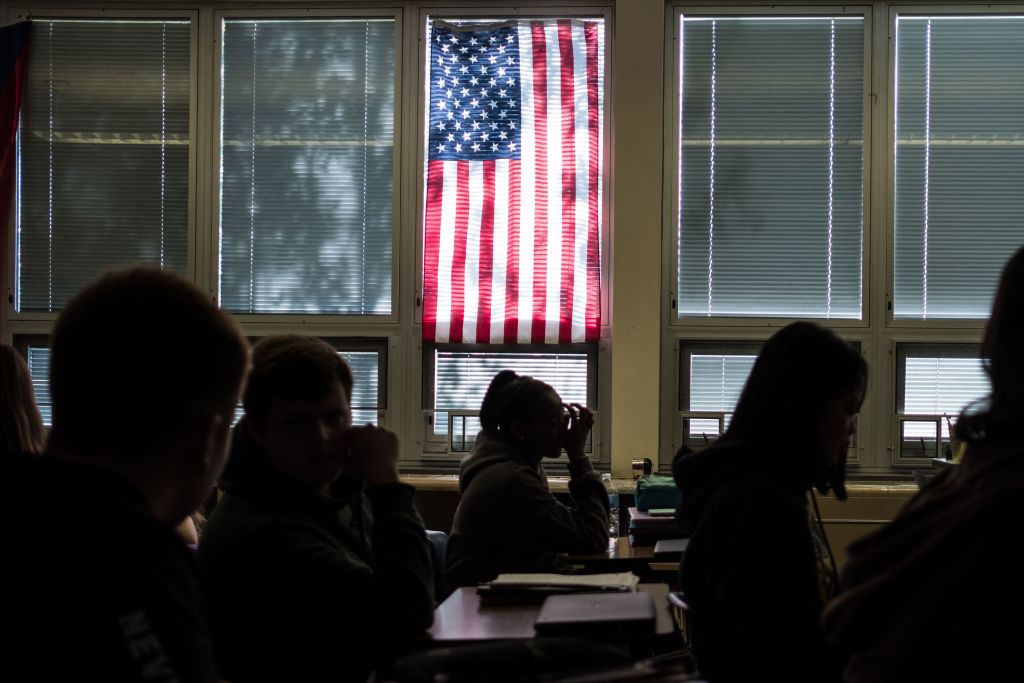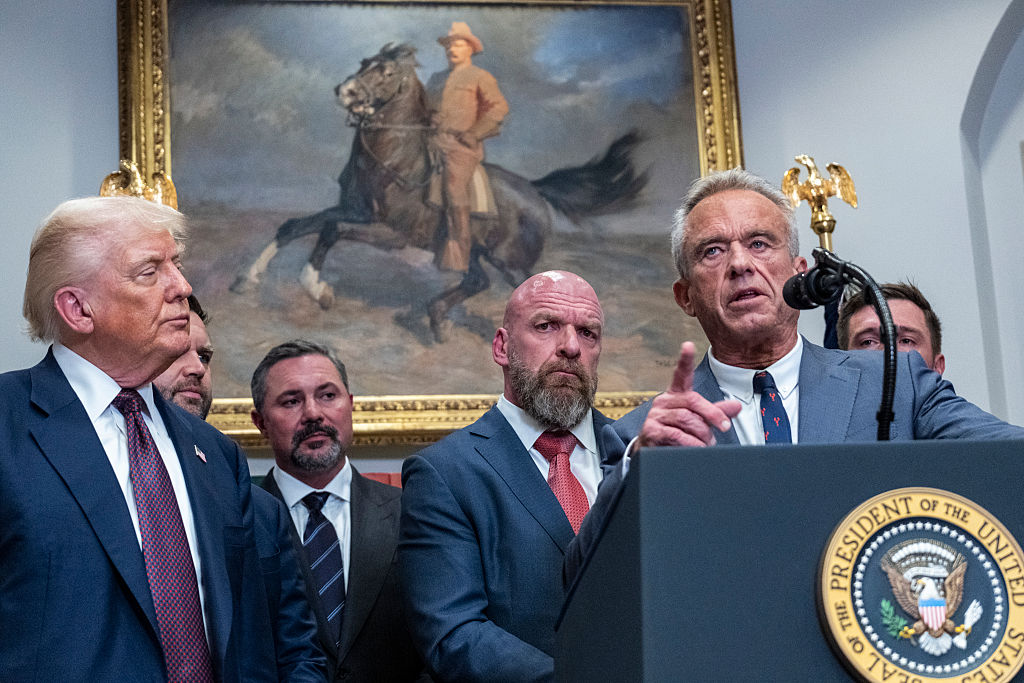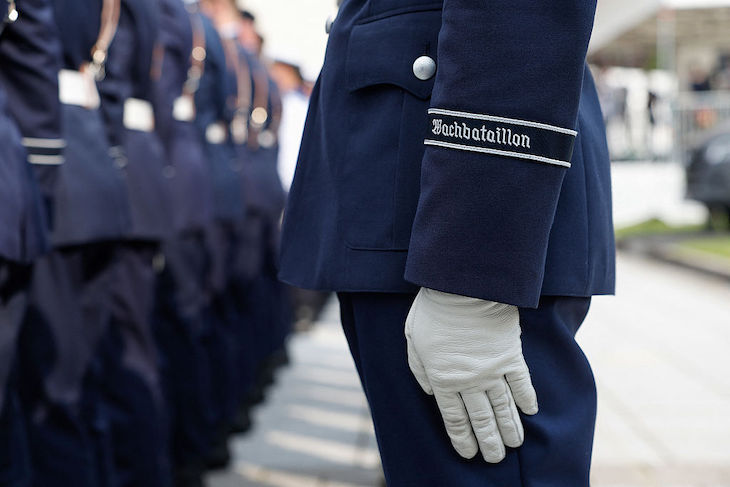The grave sweepers came early this year. When I visited one 18th century cemetery in Warsaw, half the tombstones had already been tidied and decked with pots of yellow chrysanthemums, well before All Saints’ Day. The other graves remained obscured by sodden piles of leaves. Many cemeteries may not see guests at all this year.
Traditionally, on the first day of November millions of Poles travel to their family tombs for All Saints’ Day — some traversing the entire country to reach rural resting places in ancestral hometowns. When they arrive, they lay new plastic flowers, throwing away last year’s imitations, by now turned pale yellow and fluorescent green. In cities public transport routes are rewritten to shuttle crowds between urban burial grounds.
At the cemetery gates, rows of street-sellers haggle over grave lanterns and entice mourners with saccharine snacks and doughy pastries. The cemeteries’ narrow pathways fill with visitors, inspecting the tombs and statues of national heroes. When night falls, they turn into a sea of red light. Warm bodies huddle together, faces glow like embers and chants carry around the gated parks.
But for the first time since World War Two, this most cherished of Polish traditions has been disrupted, as the country staggers from the second wave of the coronavirus.
After Poland was only brushed by the first wave of the pandemic in spring, it has now been hit hard by its fall return. On Thursday the country passed 20,000 new daily cases. Poland has now outpaced the UK and US with its daily death rate per population. Many fear shortages of medical equipment and staff, amid reports of ambulances with patients being turned away from hospitals. The government has responded with a creeping lockdown: closing down fairs and events, then gyms and swimming pools, followed by restaurants and bars, and soon perhaps non-essential shops.
On Friday afternoon, Poland’s prime minister unexpectedly announced that graveyards would also be locked between Saturday and Monday, the three days when most events usually take place. Epidemiologists stiffen at the thought of the elderly squeezed in lines for the graveyard and on tightly-packed buses with people wearing their masks down on their chins.
For weeks officials had stood up for this most Polish of holidays. ‘It’s a great Polish tradition,’ said the deputy prime minister. Closing cemeteries would be ‘unthinkable’. Bishops pushed for the events to take place in a responsible way, without processions and with smaller, more frequent Masses. Some suggested that the government should give people even more days off, so that visits were staggered.
All Saints’ Day went ahead even during Communist times — although it was renamed ‘Day of the Dead’ at the time, to give it a more appropriate air of laity. This year though, after much hesitation, the government finally pulled the plug.
Mourning has already once been a touchy subject here this year. During the spring lockdown, when ordinary Poles were kept out of cemeteries, Poland’s ruling party chairman and most powerful politician, Jarosław Kaczyński, came under heavy criticism for visiting his mother’s grave. A veteran rockstar released a song, saying that the politician ‘had the whole cemetery to himself’ while others were left ‘looking at the chains’ on their sealed gates. As public anger simmered, the song topped the national music charts.
The lack of crowds visiting has left cemetery street-sellers in low spirits. Some have set out with their merchandise early, while others have called quits this year. ‘The other two competitors in our lane have fallen out this year. They didn’t want to put up cash not knowing what demand will be like,’ a lady perched behind a row of grave lanterns told me this week.
Notably absent too this year has been the sense of calm reflection, as cities would usually ground to a halt during past Novembers. This year, crowds of anti-government protesters have been out in the streets for almost a dozen consecutive days. They stand together too, shouting through their face masks for ministers to resign.
In perhaps the largest revolt since the early 1990s, hundreds of thousands have filled the centers of cities and towns across Poland each night after the country’s top constitutional court ruled on a near-total ban on abortion. Protesters — mainly women — have scuffled with the police, some have vandalized monuments and churches, others blocked busy intersections.
They have also taken grave candles and placed them outside the offices of ruling party officials, lamenting the symbolic death of women’s rights. I think we would all prefer the aged rituals back, please.
This article was originally published on The Spectator’s UK website.



